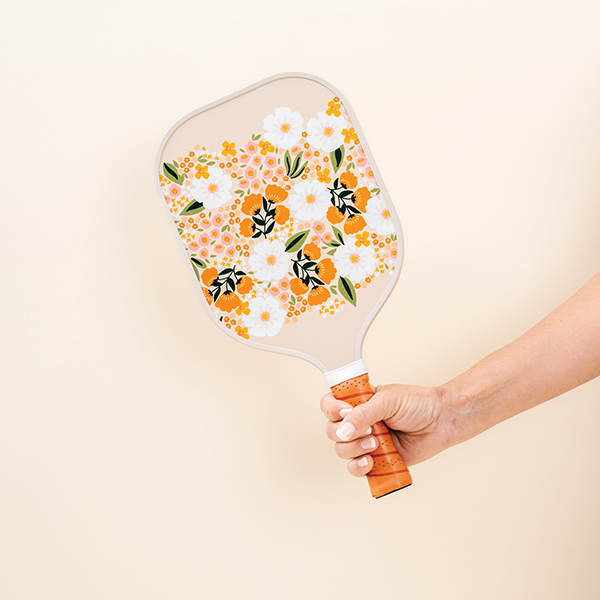Speak Up Through Vertical Merchandising
The successful retailer understands that the well designed retail environment is not merely a store but rather an experience. It’s a tool of communication. When a customer crosses the threshold of the store, we want them to enter into another world — our world. Once in our stores, we will speak to the customer through our architecture, floor fixtures, walls, graphics, interior decor and, most importantly, our merchandise. The way we position merchandise throughout the environment will determine how effectively we are communicating.
One of the challenges for all retailers is to create order out of chaos. A retail environment, with its many product offerings and visual stimuli, can be overwhelming and intimidating. If the space lacks organization, it will not promote a positive shopping experience. Organizing the merchandise and presenting it in a meaningful manner helps the customer make
a decision.
The merchant, store designer and visual merchandiser should always be cognizant of the impulsive component of the shopping experience. There is even an impulsive aspect to destination or planned shopping. With that in mind, the “visual structure” of the selling environment must create a mood or atmosphere that welcomes the customer, and inspires them at that key moment of decision.
Inspiration and Response
Retail space can be manipulated to attract attention, direct movement and influence behavior. All shoppers exhibit similar and predictable responses to certain visual stimuli. By using visual merchandising as an enticement, the merchant helps in the all-important moment of truth, that moment when the customer makes the decision to buy. As customers enter the store, they scan the environment and get an overall impression. As their eyes move across multiple visual planes, they stop at points defined by visual merchandising techniques. All of the effective presentation techniques used by retailers are based on principles of perception and human behavior.
Surveys tell us that 80 percent of customers entering a store will turn to the right. An understanding of the mechanics of our eyes tells us that the vertical image is dominant over the horizontal image. We discern images at the far edges of the field of vision, but must move our eyes or turn our heads to get them in focus. Due to this physical condition, vertical presentations are typically more interesting and effective than horizontal presentations. Vertical merchandising thus becomes an important presentation tool.
Vertical merchandising is a key component of a thriving retail environment. If the customer turns to the right upon entering the store, position a vertical focal point at the end of the aisle or sight line. As customers see these presentations, they approach, then move from one presentation point to the next. You are now moving them where you want them to go.
When presenting merchandise, we must seize all visual opportunities. All too often, when designing a store, retailers think only in terms of square footage. But selling space should be thought of in terms of volume or cubic footage. Merchandise presentation is most effective when we consider it in three-dimensional terms.
To intensify visual impact, consider the “airspace” above eye level. A flat sea of merchandise is unattractive and unappealing to the customer. Vertical merchandising moves the eye upward, unfolding new vistas and merchandise stories. It allows you to call out and showcase select classifications.
Excessive vertical merchandising — use of that upward positive space — will create a warehouse-like atmosphere. But strategically positioning vertical presentations throughout the space will have several positive effects. First and foremost, vertical merchandising is a great attention-getter; it makes a strong and compelling statement that is visible from a great distance. A vertical presentation will call out a classification of merchandise and differentiate it from other merchandise. A well thought out positioning of vertical presentations will clearly create interest on the selling floor. It will negate the ill effects of a flat and boring registration of merchandise.
Look it up
Today’s informed customer demands selection and quality. To fulfill these expectations, successful retailers place a great emphasis on compelling lifestyle presentations that show the merchandise as it’s intended to be used. Vertical merchandising is a great way to project merchandise statements, showing lifestyle groupings of associated merchandise, thereby promoting multiple sales.
Effective utilization of cubic footage plays an important role by stimulating customer circulation and increasing exposure to the full product offering. It captures customer attention and captivates the imagination. It’s most effective when the store is divided into three specific
merchandising zones:
The aisle zone: Fixtures in the aisle zone — those closest to the viewer — should have the lowest vertical profile of all the fixtures in the department. Fixtures in this zone welcome the customer into the department and announce the full assortment of merchandise housed in the area.
The bulk-of-stock zone: As the eye moves into the department, fixtures should be slightly higher. The bulk of stock is the mass-merchandise section of the selling floor that bridges the aisle and wall zones.
The wall zone: Presentations on the wall should have the highest vertical profile within the department. This variation of fixture heights is known as the arena effect. It provides full utilization of cubic footage, enabling the customer to easily see all available merchandise.
Deck the Walls
When merchandising, never underestimate the power of the perimeter or the walls. Walls are effective and dynamic merchandising tools. A strong vertical wall presentation will attract the customer’s eye from a considerable distance, enticing forward movement. Walls are selling tools that present us with the opportunity to create focal points and merchandising moments. They are perfect vehicles to support informational and environmental graphics, and merchandise-enhancing props.
Consistent utilization of proven visual merchandising techniques on wall presentations creates impact. When arranging merchandise on a wall display, consider the imaginary lines of a vertical triangle. This becomes the framework or guideline for a powerful presentation format. This upward projection creates compelling, eye-catching presentations.
A wall, like the selling floor, can also be broken into three zones. Each wall zone will have a different impact on the viewer.
Zone One: On the lower portion of the wall, merchandise enters the field of vision only when the customer is directly in front of the elevation. Here, the full range of merchandise is readily accessible to customers at arm’s reach.
Zone Two: On the middle section, merchandise is presented at eye level, in full range of the customer’s field of vision. Merchandise in this zone should communicate product detail and quality by highlighting and prominently displaying key items. This creates visual impact and places merchandise within easy access of the customer’s reach.
Zone Three: The upper section of the wall provides the opportunity to communicate from a great distance. The merchandise is typically beyond the customer’s reach but is highly visible upon entering the sales area. This zone is used for duplicate exposure by repeating merchandise from the display below. Additionally, product information can be added here in the form of text or graphics.
Success in retail is predicated on the ability to compel the prospective customer to stop, look and buy. Throughout retail’s grand evolution, merchants have creatively enticed shoppers into their stores and through their selling environments. We want to create a dialogue with customers and forge a relationship with them. Effective use of the store environment is a critical component of the selling mechanism and the retail process.
Eric Feigenbaum is chairman of the Visual Merchandising department at New York’s Laboratory Institute of Merchandising and the president of Globe Arts, a visual merchandising and store design company.






















